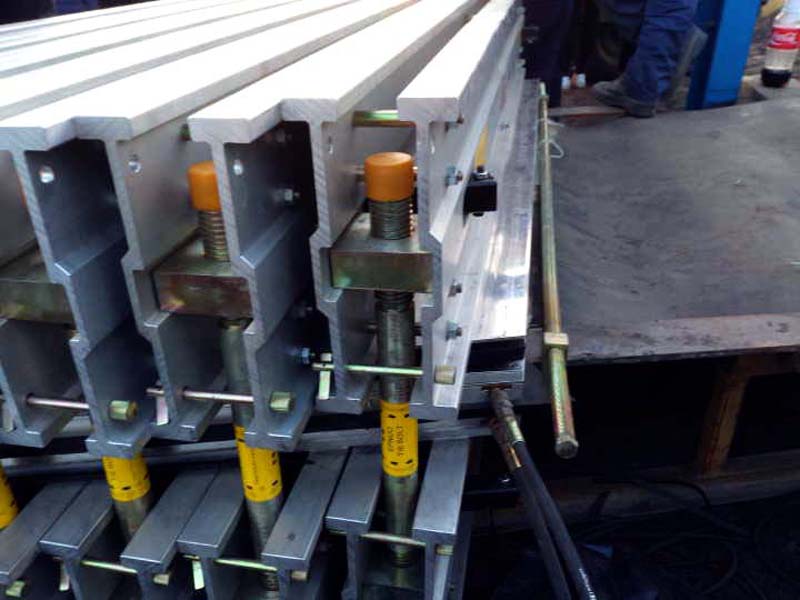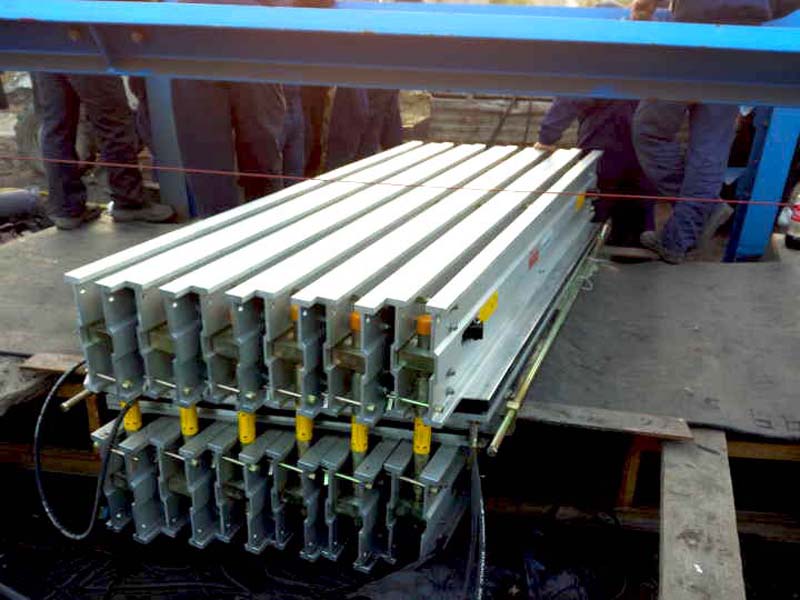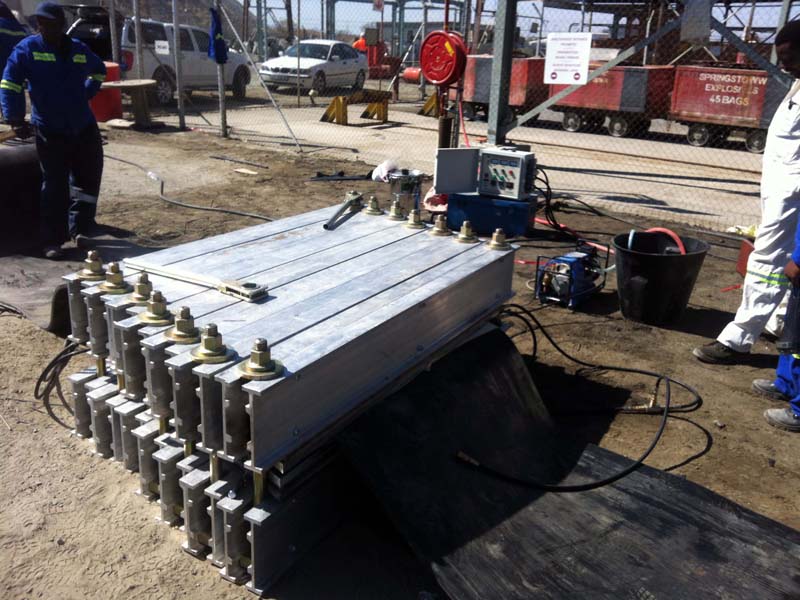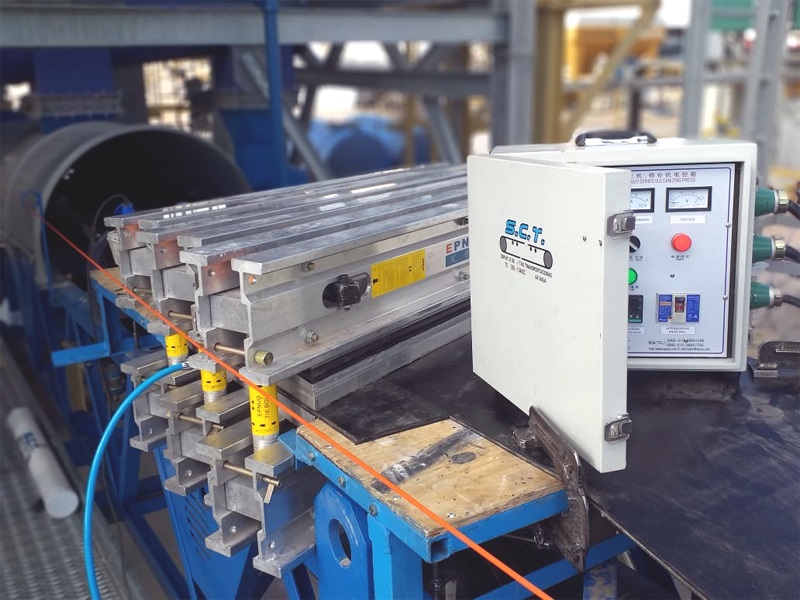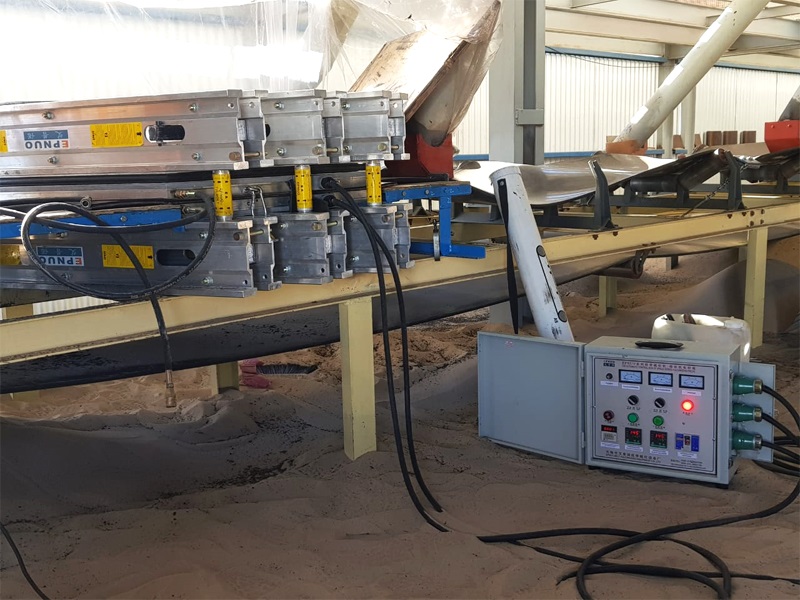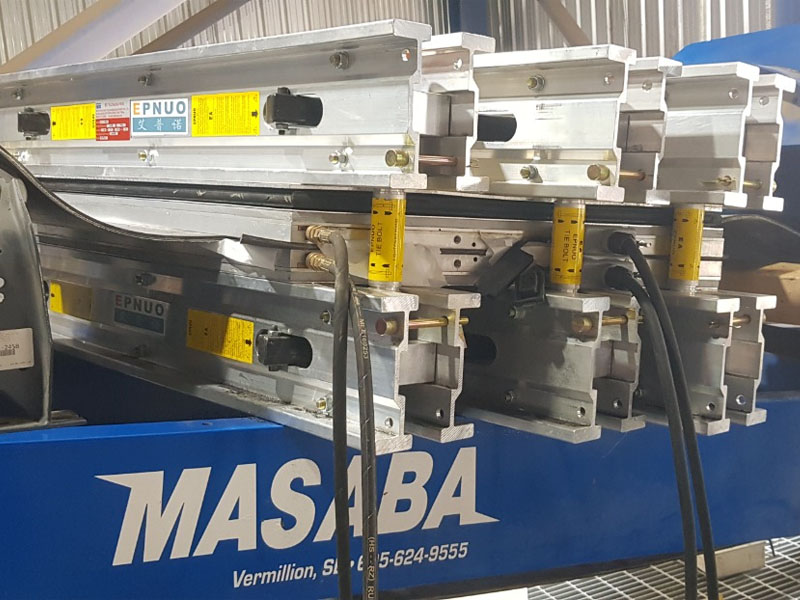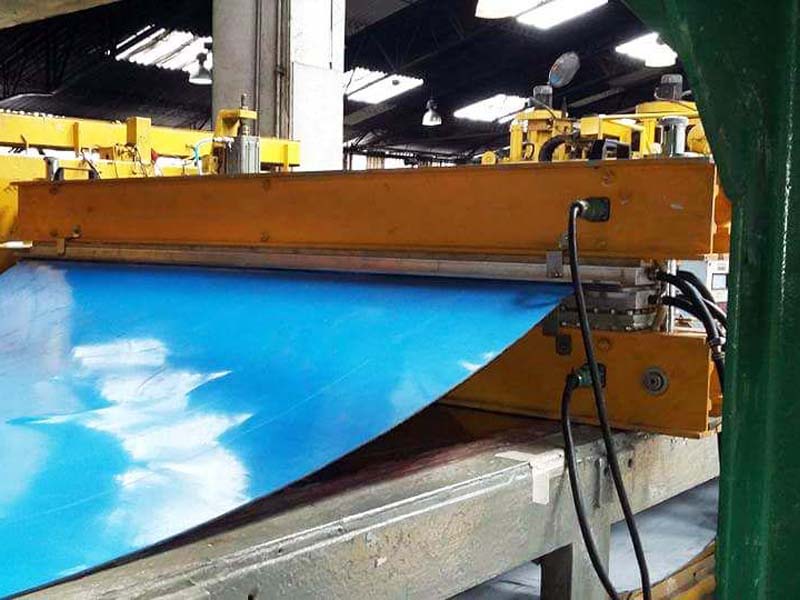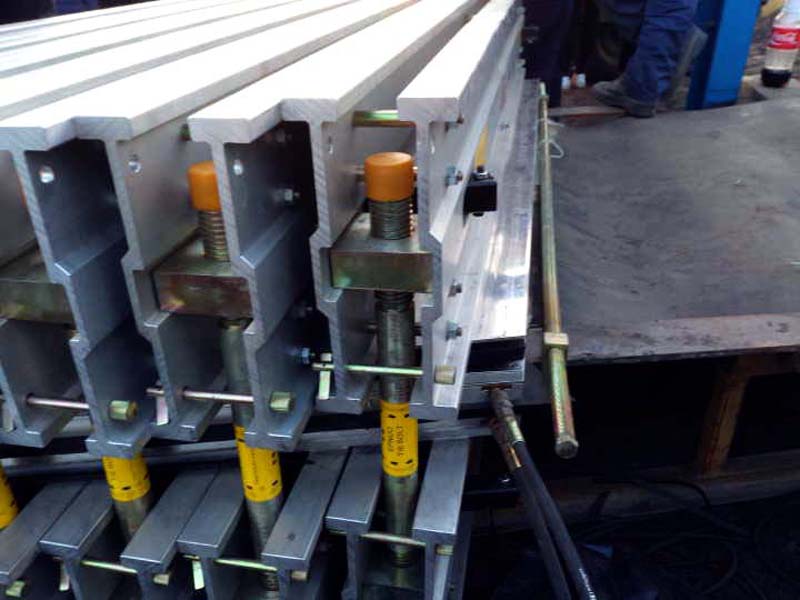How to handle faults in the conveyor belt vulcanization machine?
During the operation of the conveyor belt vulcanization machine, it is subjected to vibration, impact, and other composite forces, resulting in the formation of gaps in the components and causing wear. The traditional repair methods include surfacing, Thermal spraying, electric brush, etc., but there are some drawbacks in these methods: surfacing will make the surface of the parts reach a very high temperature, causing deformation or cracks of the parts, affecting the dimensional accuracy and normal use, and even breaking in serious cases; Although there is no thermal impact on the electric brush transition, the thickness of the transition layer should not be too thick, causing serious pollution and greatly limiting its application.
Due to the "variable" relationship of materials, when external forces impact the material, the material will deform and absorb external forces, and expand and contract with the expansion and contraction of bearings or other components, always maintaining a tight fit with the components, reducing the probability of wear. For the wear and tear of large vulcanizing machines, "molds" or "matching parts" can also be used for on-site repair of damaged equipment to avoid overall disassembly of the equipment, ensure component matching dimensions, and meet the production and operation requirements of the equipment.
Operation process:
1. When preheating, pay attention to the temperature of the hot plate. If it does not meet the requirements, it must be adjusted under the guidance of the instructor, and unauthorized movement is strictly prohibited.
2. Before the experiment, check whether the required scale is reached in the oil tank, and then turn on the machine to check whether all components are working properly and whether the columns (frame plates) are lubricated.
3. When placing the mold in the hot plate room, it should be prevented from scalding or crushing accidents, and it should not be placed in the mold when the hot plate is rising.
4. After the mold is loaded, it should be placed in the middle of the flat plate, and people should stand in the center of the operating platform. When the required pressure is reached after mold closing, turn off the motor. If the requirement is not met, please ask the instructor to adjust it and do not move it without permission.
5. Use an iron hook to remove the mold to prevent hand injury. When encountering products sticking to the mold during mold opening, be careful when tapping the mold opening tool to prevent the mold from landing or injuring your feet.
6. If the machine malfunctions, the power must be immediately cut off and reported to the teacher. Unauthorized disassembly of various components is strictly prohibited.
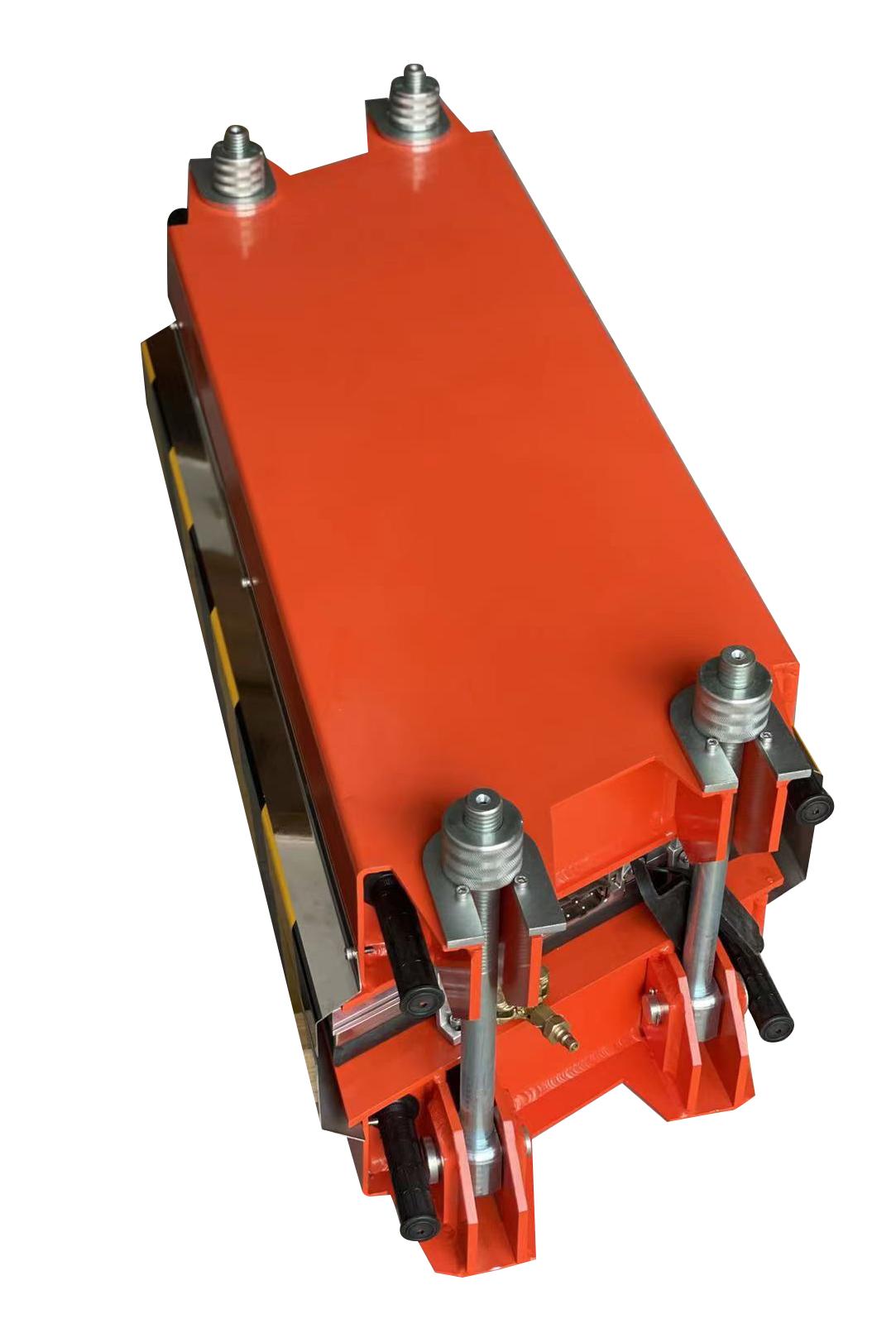

 英语
英语 英语
英语

